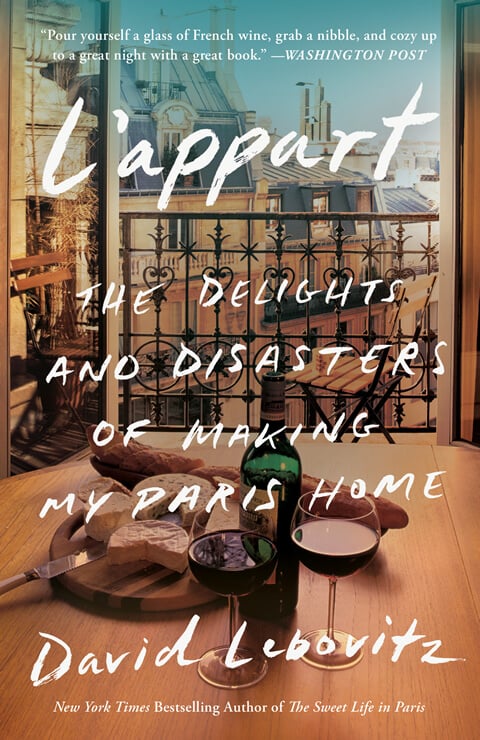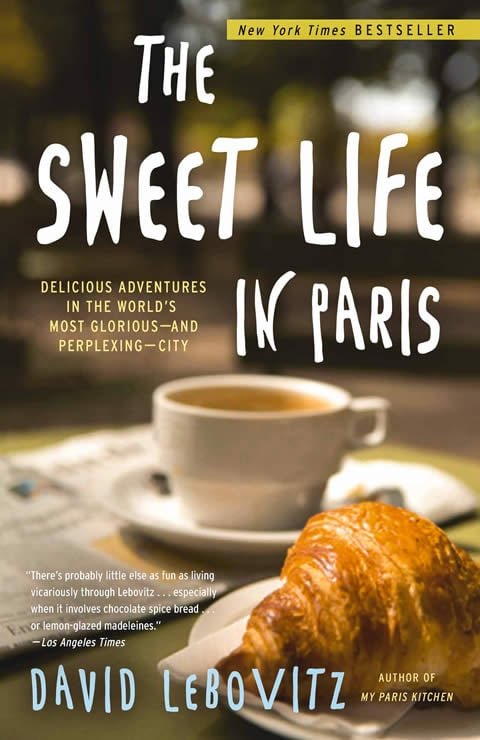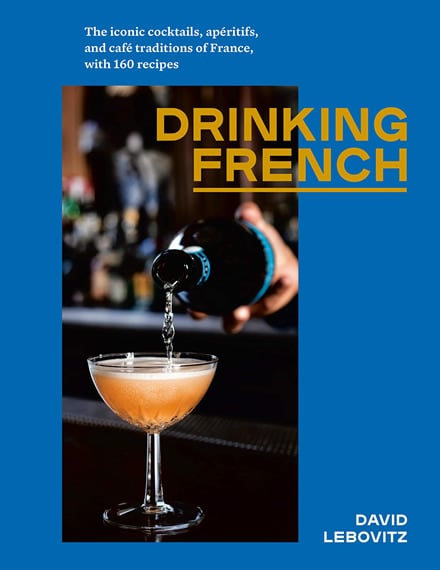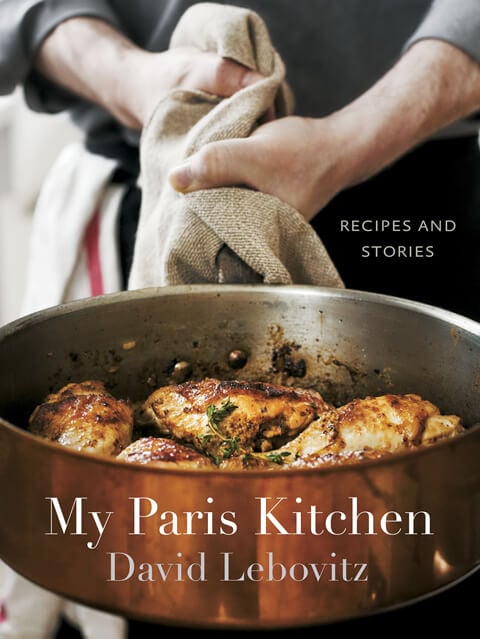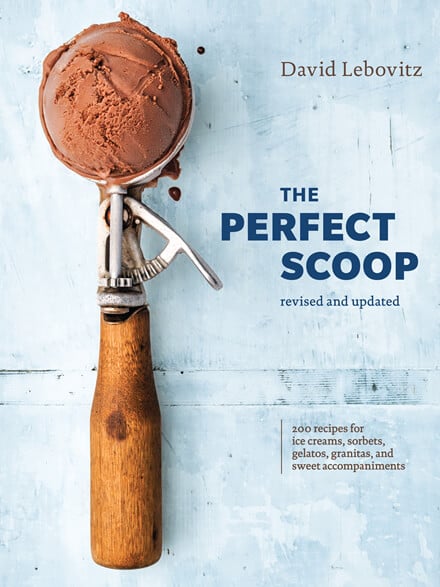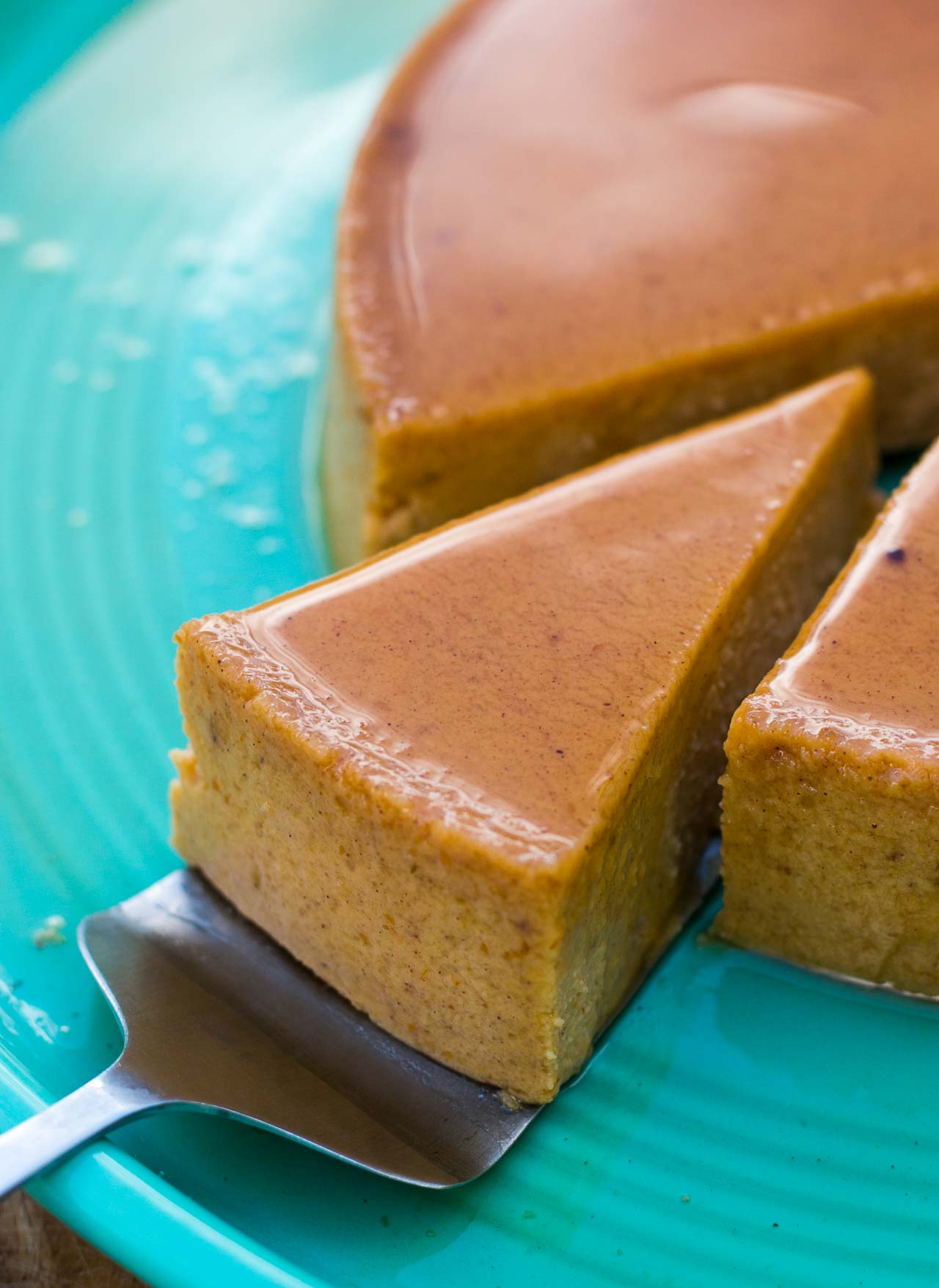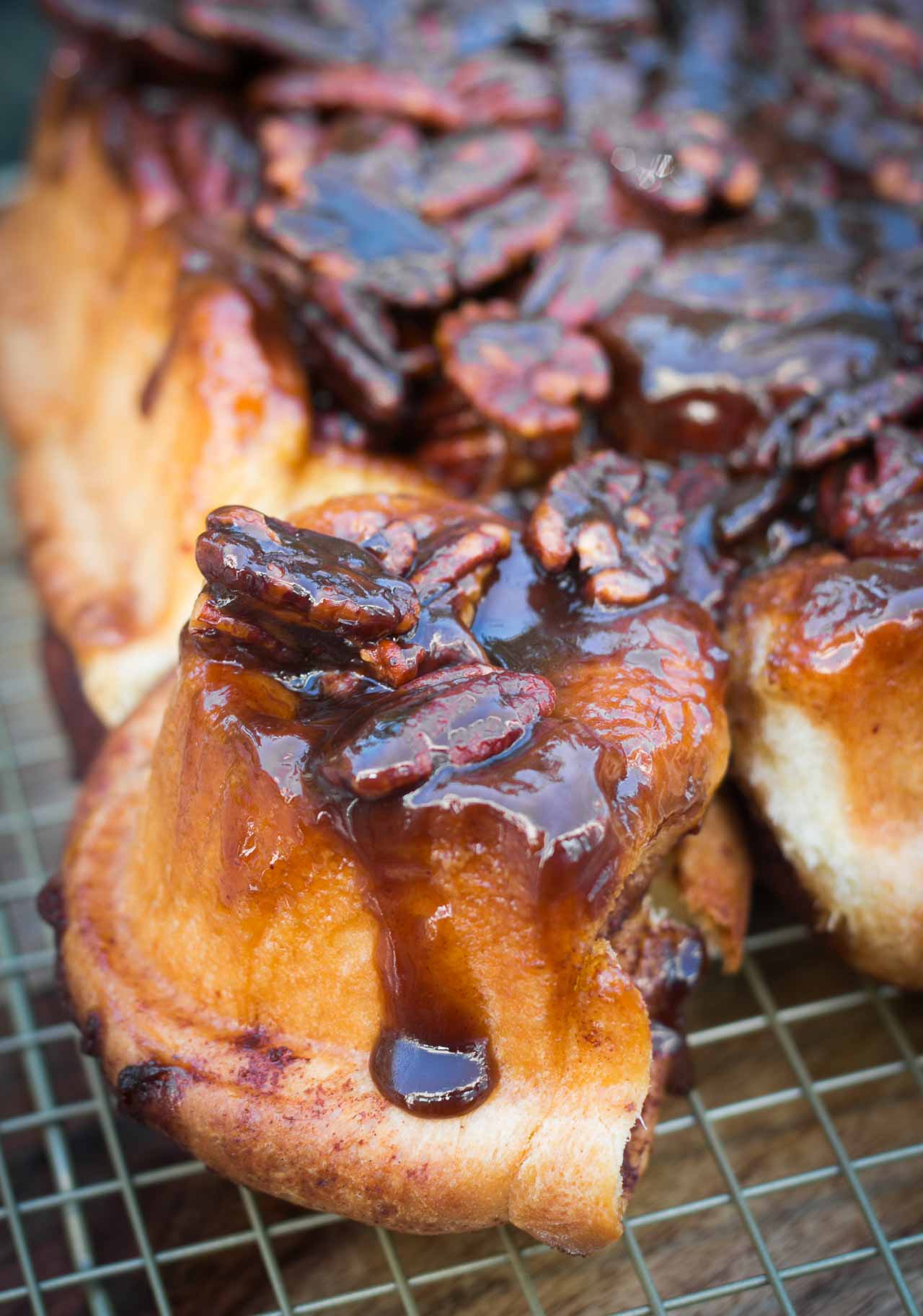Jook
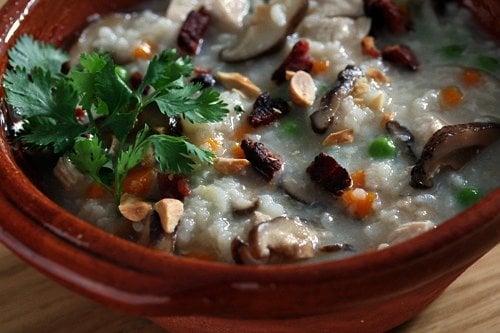
French supermarkets are interesting places. In my book, I touched upon that subject – as well as a few others. But let’s not get into that here; let’s just say that they’re not the best places to buy fresh produce. Which may explain the mystery of the liberal use of canned corn around here.
When I came back from a recent trip, on a late weekend afternoon, I had no choice but to go to my local supermarket to feed myself. I didn’t want to buy much, preferring to wait until I could go to my market the next day, but it was necessary to go and get a few provisions. In the produce aisle, I bypassed the triste bunches of wilted cilantro, I didn’t stop to pick up any spring onions shipped from another hemisphere where it’s not spring, nor was I particularly interested in apples from halfway around the world when fabulous apples are grown not very far away, right here in France. But eventually I found what I wanted and headed to the checkout.
I put my purchase on the belt, and when it reached the cashier, she looked puzzled, then confessed that she had no idea what it was. After much head-scratching on her part, and an unanswered call for help to one of her co-workers (who were likely out on a rare cigarette break), I went over and took the pricing sign down from the produce aisle and brought it over to her. It’s a strategy I usually employ only when they refuse to believe me that something I’m buying is actually on sale, as advertised. But I’m glad to know my bargain-assuring technique is an educational tool as well.
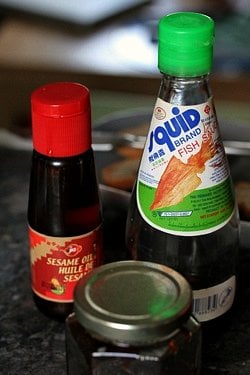

She picked up the knobby piece of fresh ginger, and completely perplexed, asked me, “What is this?”
I was a bit surprised that someone wouldn’t know what fresh ginger was. I know it’s not common in French cuisine, but still, it’s not exactly a rarity either. So I explained it was a spicy root (ok, it’s technically a rhizome, but for argument’s sake, I wanted to keep it simple…anyone with a problem with that is welcome to head over there and explain to her what the difference between a root and a rhizome is. But if she didn’t know what fresh ginger was, well–I wish you the best of luck) and told her that ginger was good candied, or used in various ethnic dishes, most notably Asian ones.
I also added that it was “Très bon pour la santé” (“Very good for your health”), which is an excellent method to get French people to try something new. I actually got someone who was skeptical of a cake with vegetables in it to try carrot cake, by reasoning that because it had carrots in it, it was good for him. I did somehow omit that the cream cheese frosting he was eating might counteract any of the benefits of the carrots, but he seemed to be enjoying it too much.
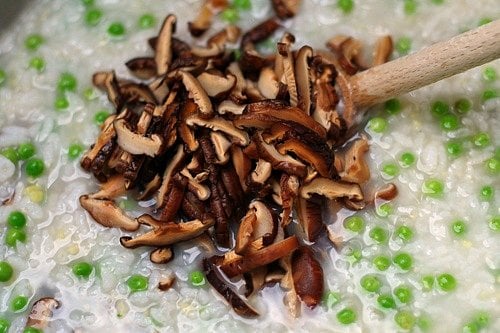
With that ginger, I made Jook, which is one of my stand-by meals because you can make it with ingredients you likely have on hand, including frozen peas and chicken breasts, and dried Chinese mushrooms, which I stock just for moments like that. (And from now on, I’m keeping ginger in the freezer as well.)
The other night, I went to a terrific restaurant, Cul de Poule, which means “Hen’s Butt” in French. (It may now be closed.) The food is really good, not fancy, but prepared with just enough care to make you realize you’re eating in a restaurant. It’s a place where the friendly staff takes the food seriously, but not to any extremes. There are no verrines or lines of sauce or plates rimmed with powder, but if you mind sitting four centimeters away from your neighbors or you need to sit in plush chairs, then this not the place for you. But if you like good ingredients, definitely not sourced from the local supermarché, prepared with simplicity and care, it’s a très bonne adresse.
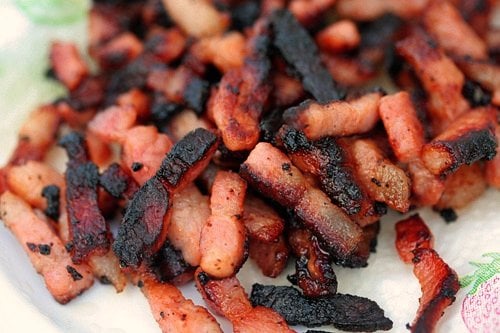
The only downside was that the next day, I woke up with a gueule de bois, my head pounding from drinking a bit too much vin naturel. Whether it was the wine, or the quantity of it, I puttered around the house in my pajamas for most of the day, until I discovered Romain’s stash of Paracétamol, one of the French wonder-drugs (an effervescent version of acetaminophen, which I hope he’s not taking because of a certain américain), and almost instantly, things took a turn for the better.
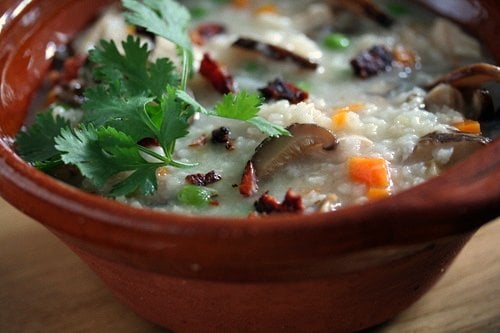
That, combined with the batch of Jook that I cooked up as well, that is. I can’t say Jook will cure all that ails you, but it certainly helps. And believe me, a lot of times, I need it.
Jook
- Take 1 cup (200g) unrinsed rice, and put it in a big pot with 8 cups (2l) of water and 2 cups (500ml) chicken stock (or use all water, if you don’t have stock). Let it simmer for about an hour or so over low heat, until the rice is completely soft and swollen.
- Meanwhile, soak 5-6 dried Chinese mushrooms in boiling water or shaoxing, and let them sit until soft. Firmly squeeze out the liquid, trim off any hard stems and thinly slice the mushrooms. Then them to the pot along with a 2-inch (5cm) piece of fresh ginger that you’ve peeled and minced.
- At this point, you can add frozen or fresh peas, diced chicken or turkey breast, cooked or uncooked-cubes of lap chong (Chinese sausage), cooked or uncooked finely-diced carrots, raw peeled shrimp, and a big dash of fish sauce (see Note.)
- Then I simmer the soup for 20-30 minutes to meld all the flavors. So much depends on the rice that it’s hard to note exact cooking times. But this is rustic fare, so just use your judgment and cook it until the grains of rice are very plump and tender and the ingredients look happy together. When done, the jook should be soupy and runny, not thick enough to hold a spoon. But there’s no standard for jook-consistency, so it’s right when it’s as you like it. If too thick, add a bit more liquid.
- Possible garnishes are sliced scallions and/or cilantro. I am a big fan of frying cubes of bacon until crisp them and adding them to each bowl of soup. Smoked tofu, cut into cubes, would work for a vegetarian bowl. Scatter a few roasted peanuts on top, or finish with deep-fried shallots.
Notes
Related Recipes
How to make perfect Asian-style rice
Vietnamese Caramelized Pork Ribs
White Chocolate-Ginger Ice Cream with Nectarines & Cherries

